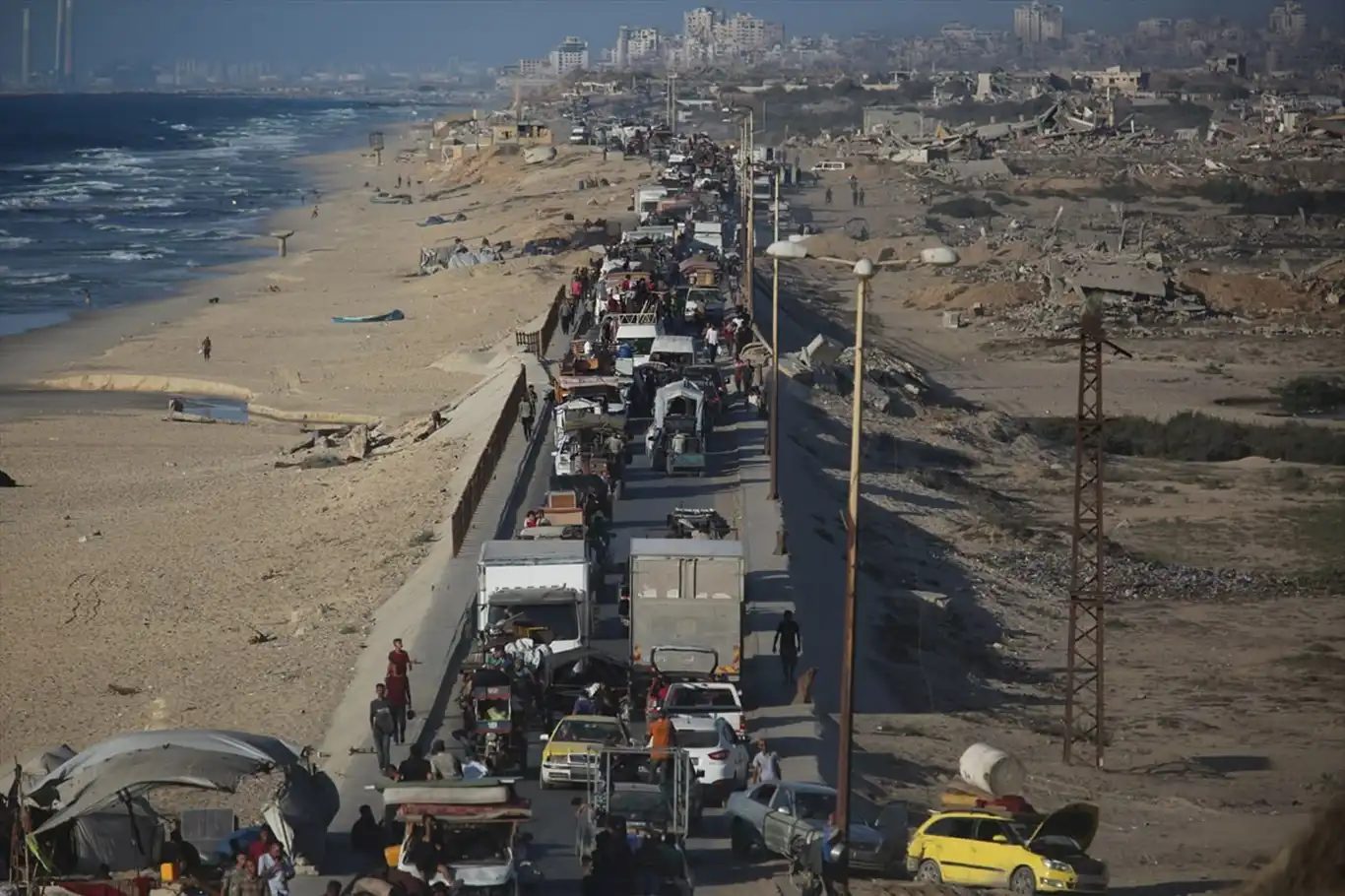Hundreds of thousands move north in Gaza following ceasefire deal


The United Nations Office for the Coordination of Humanitarian Affairs (OCHA) reports that nearly 310,000 people have moved from southern to northern Gaza since last Friday, attempting to return to homes devastated by Israeli military operations.
An additional 23,000 individuals have been displaced in other directions, highlighting the complex population dynamics triggered by a recent ceasefire agreement.
Humanitarian partners are working urgently to assess and restore Gaza’s battered infrastructure. Education-focused organizations are inspecting school buildings in Gaza City to determine their suitability for resuming classes, a vital step toward restoring normalcy for children impacted by the conflict. Many of these schools, however, remain heavily damaged, posing significant challenges to reopening.
This effort marks the beginning of a 60-day humanitarian strategy led by the United Nations and its partners. The plan aims to deliver life-saving aid and essential services—such as food, medical care, and rebuilding support—to nearly all of Gaza’s 2.3 million residents, addressing the widespread destruction caused by recent hostilities.
The ceasefire has enabled the establishment of temporary aid distribution hubs in northern Gaza, with over 50,000 families receiving food and water supplies in the past three days, according to humanitarian agencies. On October 13, the World Food Programme (WFP) reported that 12 trucks carrying medical supplies and hygiene kits entered Gaza, a marked improvement in aid flow compared to recent weeks. Despite this progress, damaged roads and persistent security concerns in some areas continue to hinder access for aid workers.
The UN Relief and Works Agency (UNRWA) has announced plans to deploy mobile health clinics to serve isolated communities, targeting 10,000 medical consultations by the end of October. Additionally, local authorities in Gaza City are collaborating with international partners to clear debris from critical sites, including schools and hospitals, to expedite recovery efforts.
As of October 14, 2025, UN agencies report that an additional 15 aid trucks crossed into Gaza early this morning, carrying essential supplies such as blankets, tents, and clean water for displaced families. The International Committee of the Red Cross (ICRC) has also begun repairing water pipelines in northern Gaza to restore access to clean water for an estimated 100,000 residents by mid-November. However, humanitarian workers warn that the scale of destruction—particularly in residential areas flattened during the conflict—may require years of sustained rebuilding efforts. Reports from local sources indicate that over 60% of homes in northern Gaza are uninhabitable, forcing many returning families to seek temporary shelter in schools and public buildings.
The fragile ceasefire remains a critical opportunity for humanitarian operations, but ongoing tensions and sporadic clashes in border areas threaten to disrupt aid delivery. The UN has called for all parties to respect the ceasefire and ensure safe access for humanitarian workers to reach those in need. (ILKHA)
LEGAL WARNING: All rights of the published news, photos and videos are reserved by İlke Haber Ajansı Basın Yayın San. Trade A.Ş. Under no circumstances can all or part of the news, photos and videos be used without a written contract or subscription.
Syrian Interim President Ahmed al-Sharaa will travel to Moscow on Wednesday for high-level talks with Russian officials, in a visit that could reshape the future of Syria–Russia relations and define Moscow’s enduring military role in the war-torn country.
After months of relentless Israeli bombardment, blockade, and humanitarian catastrophe, the people of Gaza are beginning to see a faint glimmer of hope as the United Nations announces new emergency assistance aimed at alleviating the suffering of civilians in the besieged enclave.
The World Health Organization (WHO) has sounded the alarm over the rapidly worsening health crisis in the Gaza Strip, revealing that more than 15,600 patients urgently require medical evacuation for life-saving treatment outside the besieged enclave.